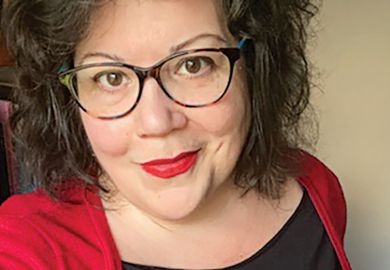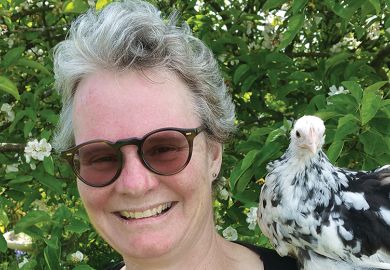What sort of books inspired you as a child?
I read voraciously and agnostically. In high school I would devour whole genres: a Stephen King summer, an Ayn Rand session, the Jane Austen novels, etc. I especially loved historical fiction: Irving Stone’s The Agony and the Ecstasy, James Michener’s The Source, Leon Uris’ Mila 18; I still prefer to learn history through art and storytelling. I also remember that, early on, I loved books as thingly objects. My parents had shelves of paperbacks from their college days in the sixties, and I liked the thin, flaky paper and tiny print.
Your new book, Bookishness, explores the changing status of the book. What first drew your attention to this theme?
I think it was Marshall McLuhan. I took a deep dive into McLuhan while working on my first book, Digital Modernism: Making It New in New Media. I bet it helped that my dad, who was a hippy at Berkeley in the 1960s, thought McLuhan was cool. I still think that McLuhan’s The Medium Is the Massage (with Quentin Fiore) is one of the best and best designed books about books as media.
Where can we find out more about what reading will mean in the future?
I was included in a recent collection on this very topic, Further Reading, edited by the brilliant book-history scholars Matthew Rubery and Leah Price. For example, I write about the augmented-reality game-novella The Ice-Bound Concordance by Aaron Reed and Jacob Garbe. This work is comprised of a downloadable app and a highly designed stand-alone book, The Ice-Bound Compendium; the transmedial game tells the story – and also models in its form and format – how computers partner with humans to produce and read literature.
What else would you recommend about the crucial role books play in our lives?
I love Leanne Shapton’s unique little novella, Important Artifacts and Personal Property from the Collection of Lenore Doolan and Harold Morris, which is presented as an auction catalogue of stuff left over from a romantic relationship and an analogue time. You read the narrative in the image captions to follow the story and, in the process, you recognise the power of physical objects, like the book holding it all together.
What is the last book you gave as a gift, and to whom?
Harold and the Purple Crayon, the 1955 children’s book by Crockett Johnson. I give this to every friend having a baby, and I just gave it to my friend and digital humanities colleague Erin Glass.
What books do you have on your desk waiting to be read?
Since March, I have been reading non-stop...In these dark, unsettling days, I desire beautiful prose. I am rereading Virginia Woolf’s To the Lighthouse, and, man, it is as exquisite as I remember it. I also plan to reread Toni Morrison’s Jazz. Layered in the stack are books to read for the first time: Harriet Jacobs’ Incidents in the Life of a Slave Girl and Mark Doty’s What is the Grass: Walt Whitman in My Life.
Jessica Pressman is associate professor of English and comparative literature at San Diego State University. Her latest book is Bookishness: Loving Books in a Digital Age (Columbia University Press).
Register to continue
Why register?
- Registration is free and only takes a moment
- Once registered, you can read 3 articles a month
- Sign up for our newsletter
Subscribe
Or subscribe for unlimited access to:
- Unlimited access to news, views, insights & reviews
- Digital editions
- Digital access to THE’s university and college rankings analysis
Already registered or a current subscriber?








